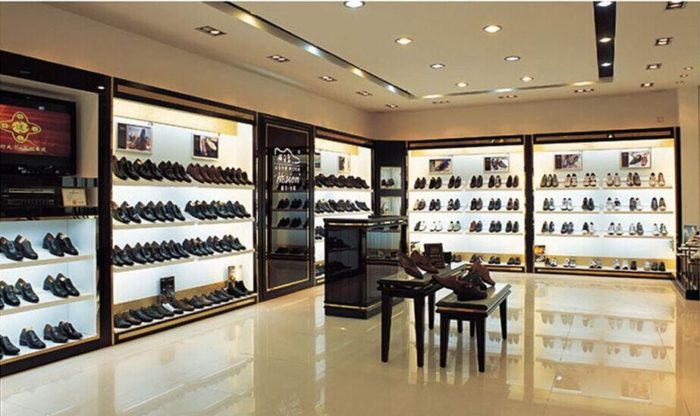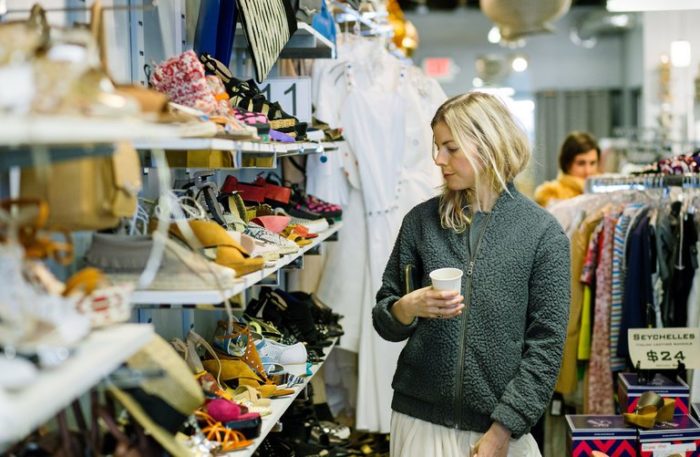The luxury designer heels segment is on the rise as footwear becomes a rapid growth sector in the luxury market, attracting the interest of some of America’s most significant fashion players.

Last year, Michael Kors purchased Jimmy Choo for £ 896 million (about $ 1.2 billion), opening a new avenue for Michael Kors’ international growth and a foothold in the luxury shoe market.
Meanwhile, Tapestry’s $574 million acquisition for Stuart Weitzman in 2015 helped to boost its bottom line as the newly-formed American luxury group has been focusing on improving performance at Coach and Kate Spade New York.
In Europe, Gucci shoes drove 19 percent (€ 1.2 billion) of the brand’s 2017 revenue, up from 13 percent (€ 409 million) in 2011. And Louis Vuitton, invested more than € 30 Million is building a footwear product development facility near Venice’s Riviera del Brenta.
According to Bain & Company, the luxury shoe market hit € 18 billion in 2017, up 10 percent year on year, matching jewellery regarding percentage growth but overshadowed by handbags, worth 48 billion euros in 2017, and apparel, which generated 61 billion euros, indicating significant space for growth.

So why is footwear fashionable? Footwear has lower cost-per-wear and higher margins than apparel.
According to data from the American Apparel and Footwear Association, consumers are spending more on shoes than ever, averaging $ 248 in shoes in 2016, up from $ 212 in 2006.
In the US, Americans bought an average of 7.6 pairs of shoes in 2016, up from 5.9 pairs in 1996.
“In the past you only needed three or four pairs of shoes and you were sorted out, “said Sagra Maceira de Rosen, non-executive chairman of the Naga Group and co-author of The Toughing World of Jimmy Choo.
“Now, there are so many more categories. Fashion is driving the market more than ever before.”
Bain& Company estimates over the next decade that the luxury market’s distribution footprint will evolve significantly. Physical stores will still account for 75% of purchases, online sales of personal luxury goods will make up 25% of the market by 2025.






